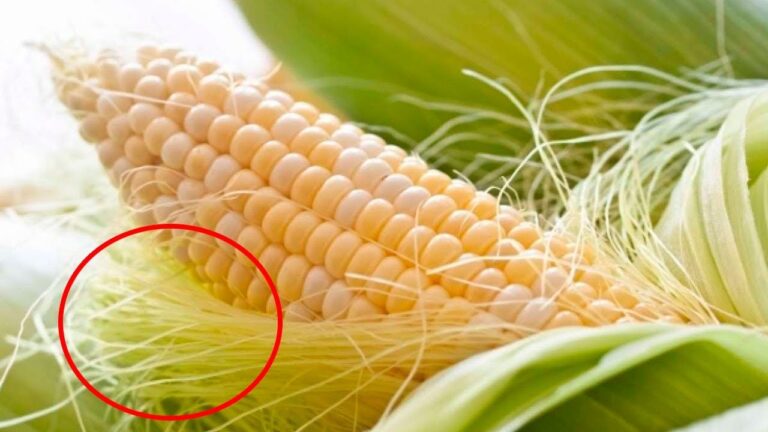Corn silk, the silky strands found between the corn husk and the kernels, is often discarded without a second thought. However, these delicate strands are packed with powerful health benefits that have been used in traditional medicine for centuries. From promoting kidney health to aiding digestion, corn silk can be a natural remedy for various health conditions. Here’s why you should never throw away corn silk and how you can use it to boost your well-being.
Health Benefits of Corn Silk
- Supports Kidney Health
- Corn silk acts as a natural diuretic, which helps increase urine production and flush out toxins from the body. This makes it effective for promoting healthy kidney function and preventing conditions like urinary tract infections (UTIs) and kidney stones.
- Reduces Inflammation
- Corn silk contains anti-inflammatory compounds that help reduce swelling and soothe inflammation in the body. This can be particularly beneficial for people with conditions like arthritis or chronic inflammatory disorders.
- Helps Manage Blood Sugar Levels
- Some studies suggest that corn silk can help regulate blood sugar levels by improving insulin sensitivity. This can make it a helpful natural remedy for people managing diabetes or those looking to maintain balanced blood sugar levels.
- Aids Digestion
- Corn silk has mild laxative properties that can help relieve constipation and improve overall digestion. It also soothes the digestive tract, making it beneficial for people with digestive discomfort or bloating.
- Promotes Healthy Skin
- The antioxidants and anti-inflammatory compounds in corn silk can support skin health by reducing redness, irritation, and promoting clear, healthy skin. It can even be applied topically to soothe minor skin irritations or rashes.
- Improves Heart Health
- Corn silk has been known to lower high blood pressure and support cardiovascular health by acting as a natural diuretic and reducing water retention, which can ease the workload on the heart.
How to Use Corn Silk
Corn silk can be consumed in various forms, with corn silk tea being one of the most popular and effective methods.
Corn Silk Tea Recipe:
- Gather the Corn Silk
- After husking fresh corn, collect the silky strands and rinse them thoroughly to remove any dirt or residue.
- Boil the Corn Silk
- Bring 2 cups of water to a boil, then add a handful of fresh or dried corn silk to the pot.
- Simmer and Steep
- Reduce the heat and let the corn silk simmer for 10 minutes. Remove from heat and allow the tea to steep for another 10-15 minutes.
- Strain and Serve
- Strain the liquid to remove the corn silk strands and enjoy your tea warm. You can add honey or lemon for extra flavor if desired.
Other Ways to Use Corn Silk:
- Tincture: You can create a tincture by soaking corn silk in alcohol for several weeks. This concentrated form can be used to support kidney health and digestion.
- Topical Use: Corn silk can also be applied directly to the skin to soothe rashes, irritation, or minor wounds.
Precautions
While corn silk is generally safe for most people, it’s always a good idea to consult with a healthcare provider before using it, especially if you’re pregnant, nursing, or taking medications for kidney or heart conditions.
Final Thoughts
Next time you’re husking corn, don’t toss the corn silk! This natural remedy is full of health benefits, from promoting kidney and heart health to aiding digestion and reducing inflammation. Corn silk tea is a simple and effective way to take advantage of these benefits, making it a valuable addition to your wellness routine.
